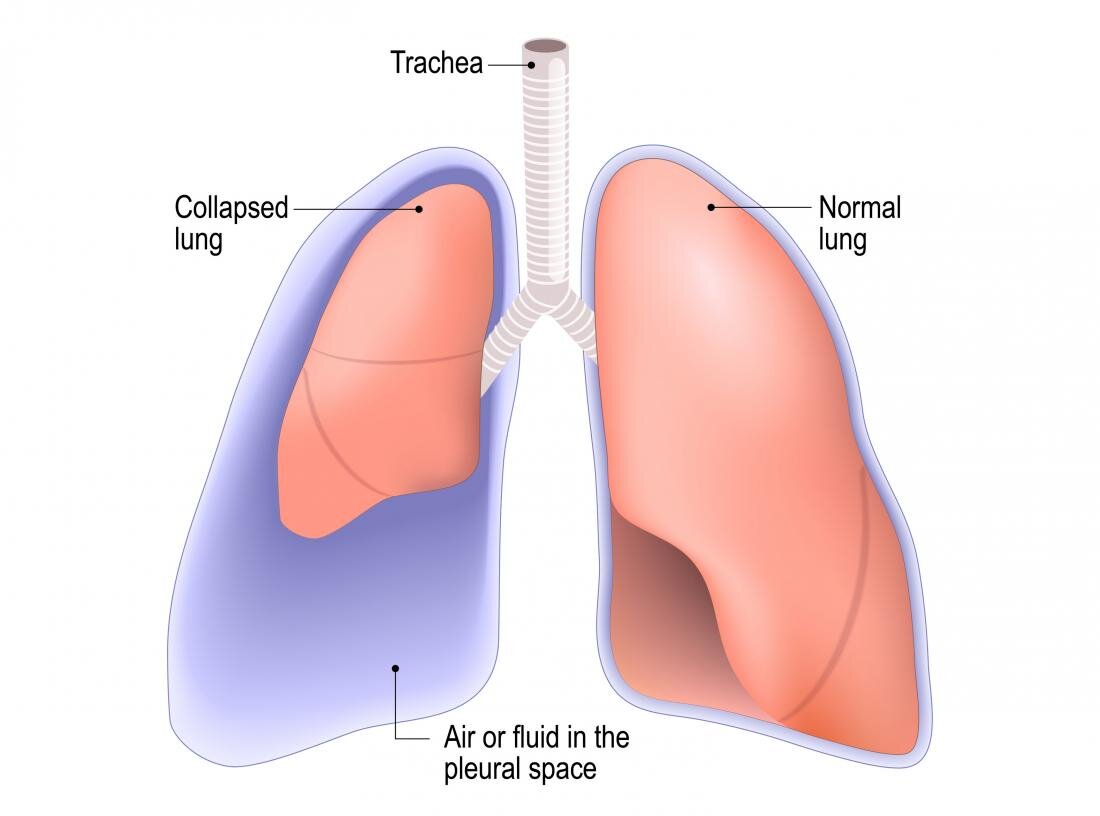
Treatment Center for Thoracic Conditions
Thoracic Procedures
At Carson Surgical Group, our surgeons are proud to treat many diseases that affect the chest, including …
Esophageal cancer
Lung cancer
Mediastinal tumors
Pneumothorax (lung collapse)
Empyema (infections inside the chest cavity)
Hyperhidrosis (excessive sweating in the palms and armpits)
While many of these surgeries were traditionally done open, the majority of cases we treat at Carson Surgical Group can (and are) treated with the latest minimally invasive techniques.
Mediastinal Tumors
Tumors that affect the mediastinum are based upon the structures in that section. Anterior mediastinal tumors include the “4 T’s”: Teratoma, Thymoma, Thyroid, and T-cell Lymphoma.
Mediastinum is a term used to describe the center of the chest cavity, which can be broken up into Anterior (front), Middle, and Posterior (back).
Traditionally, the approach to treat these types of tumors has been from a Sternotomy (opening the breast plate as in a heart bypass surgery) or from a Thoracotomy (opening on the side and spreading the ribs). Now, nearly all of the mediastinal tumors we treat can be treated minimally invasively.
Pneumothorax
Pneumothorax is the collapse of the lung within the chest.
Think of the lung like an inner tube contained within a tire (the chest wall). A pneumothorax occurs when the lung (the inner tube) has a hole in it and collapses in the chest. This can occur in young patients as a result of “blebs” (blisters) on the lung that leak air into the chest. It can also occur in older patients, usually as a result of damage to the lung from smoking.
Pneumothorax can almost always be treated with minimally invasive surgery by our expert surgeons.
Empyema
Empyema is an infection that occurs between the lung and chest wall.
If we think again about the example of the inner tube and tire to represent the lung and the chest wall, an empyema occurs when there is an infection that develops in the space between the lung (the inner tube) and the chest wall (the tire). This infection can progressively collapse the lung and cause severe illness and even death.
Treating these types of infections is done with surgery and antibiotics. Surgery has typically been done with an open thoracotomy (cutting into the side of the chest and spreading the ribs to access the chest cavity), but within the last few years, advances in minimally invasive techniques and instrumentation has changed this surgery to a safe, minimally invasive procedure.
Lung Cancer
According to the American Cancer Society, lung cancer is the second most common cause of cancer in men and in women. About 13% of all new cancers are lung cancers, and approximately 228,150 new cases of lung cancer are diagnosed per year, with approximately 142,670 deaths occurring from lung cancer each year.
Treatment for lung cancer is based upon the stage of the cancer; the earlier the stage, the more likely that the patient can be cured. The best treatment for early stage lung cancer is surgery to remove the tumor. This surgery often involves removing a lobe of the lung (part of the lung) and the lymph nodes that drain that section of the lung. Rarely, the entire lung must be removed.
Nearly all of the lung resections for cancer done at Carson Surgical Group can be done minimally invasively.
VATS (Video Assisted Thoracic Surgery)
Video Assisted Thoracic Surgery (VATS) is a type of thoracic surgery performed using a small video camera that is introduced into the patient’s chest via a scope.
During VATS, our surgeon is able to view surgical instruments along with the anatomy of the patient. This technique is minimally invasive and can be used for many purposes, ranging from a biopsy to removal of tumors or entire lobes from the lung. VATS has revolutionized the treatment of diseases of the chest resulting in less pain, decreased hospital stays, and a more rapid recovery and return to normal activities.
Hyperhidrosis
Hyperhidrosis is a condition that causes excessive sweating. Palmar hyperhidrosis affects primarily the palms of the hands, however, most patients with hyperhidrosis also experience excessive sweating in the armpits and feet. This condition is not a common problem, affecting less than 1% of the population.
If you are one of the few individuals affected by this condition, you are all too aware of the severe disruption that can occur in your daily life, as well as the uncomfortability that you experience with excessive sweating. Patients with hyperhidrosis can, literally, hold out their hand and watch their hand fill up with sweat or be forced to change their shirt 4 to 5 times per day because the shirt becomes drenched in sweat.
Many of the patients that we have seen and treated discuss their habits of dodging those who want a “hand-shake” or stashing extra shirts in their office to change into throughout the day. Ironically, hyperhidrosis is purely a nuisance disease (it will never kill you), but the disruption in the patient’s social and professional life is overwhelming.
The Cause
While the cause of hyperhidrosis is not clear, it is a disorder related to excessive activity on one side of the autonomic nervous system; the sympathetic nervous system. The autonomic nervous system is one of three nervous systems in our body, this one of which we do not control but that controls our body for us.
The Symptoms
Hyperhidrosis causes abnormal and profound sweating. It can affect many areas of the body, including:
Palmar Hyperhidrosis: Palms of the hands
Axillary Hyperhidrosis: Arm pits
Plantar Hyperhidrosis: Bottoms of the feet
The excessive sweating caused by hyperhidrosis can be uncomfortable and socially debilitating. The symptoms usually start in adolescence (and while the baseline sweating is profound) stress, emotions, and exercise can make it even worse.
Treatment
Non-Surgical Treatment:
Surgery is a definitive treatment, however, most patients will start with a visit to their primary doctor. Non-surgical treatment options include oral or topical medications and antiperspirants. Oftentimes, these non-surgical treatments are not as effective as one would hope, but beginning with a non-surgical approach helps identify those patients who have severe hyperhidrosis and who will clearly benefit from surgery.
Surgical Treatment:
The current recognized standard of care for the surgical treatment of Hyperhidrosis is a Video Assisted Thoracic Surgery (VATS) bilateral sympathectomy. VATS bilateral sympathectomy is a minimally invasive procedure that treats hyperhidrosis. Using small incisions, a camera is placed into the chest and a clip is placed on the sympathetic chain, eliminating the condition and the sweating stops immediately.
This procedure is very effective with an extremely low complication rate and rapid recovery. Most patients leave the hospital in less than 24 hours and the recovery time is less than two weeks.





